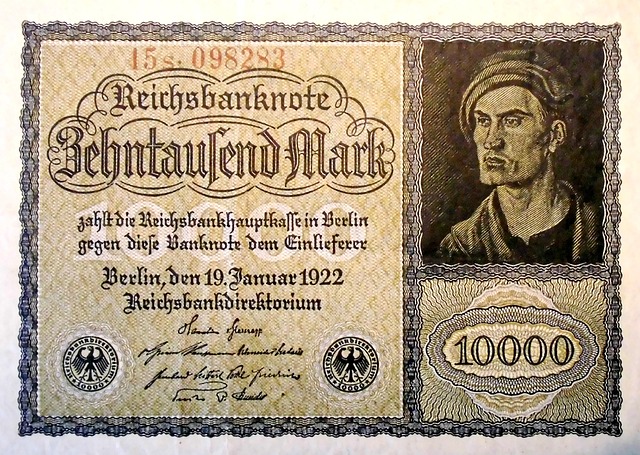Introduction: Niemann-Pick Disease and Lysosomal Dysfunction
Niemann-Pick disease (NPD) is a group of inherited metabolic disorders characterized by the abnormal accumulation of lipids (fats) within cells, particularly in lysosomes. These cellular organelles are responsible for breaking down and recycling various molecules. When lysosomal function is impaired, as in NPD, undigested materials build up, leading to cellular damage and organ dysfunction. Understanding the specific mechanisms by which lysosomal storage is altered in NPD is crucial for developing effective therapies.
Types of Niemann-Pick Disease and Their Genetic Basis
NPD is broadly classified into several types, each with a distinct genetic cause and biochemical defect. Niemann-Pick disease type A and B (NPA/B) are caused by mutations in the *SMPD1* gene, which encodes acid sphingomyelinase (ASM). This enzyme is responsible for breaking down sphingomyelin, a type of lipid. A deficiency in ASM leads to the accumulation of sphingomyelin in lysosomes. Niemann-Pick disease type C (NPC), on the other hand, is primarily caused by mutations in the *NPC1* or *NPC2* genes. These genes encode proteins involved in the transport of cholesterol and other lipids out of lysosomes. Defects in NPC1 or NPC2 result in the accumulation of cholesterol and other lipids within lysosomes.
# Example: Simulating Sphingomyelin Accumulation (Conceptual)
sphingomyelin_level = 0
asm_activity = 0.1 # Reduced activity in NPA/B
for i in range(100):
sphingomyelin_level += 1 # Influx of sphingomyelin
sphingomyelin_level -= asm_activity * sphingomyelin_level # Degradation by ASM
print(f"Final Sphingomyelin Level: {sphingomyelin_level:.2f}")Mechanisms of Altered Lysosomal Storage
The accumulation of lipids in lysosomes in NPD disrupts normal cellular processes through several mechanisms. These include: * **Impaired Lysosomal Trafficking:** The buildup of lipids can interfere with the movement of lysosomes within the cell and their fusion with other organelles, such as autophagosomes. * **Lysosomal Membrane Permeabilization (LMP):** Excessive lipid accumulation can destabilize the lysosomal membrane, leading to the leakage of lysosomal enzymes into the cytoplasm, causing cell damage. * **Disrupted Autophagy:** The accumulation of undigested material can impair autophagy, the cellular process of degrading and recycling damaged or unnecessary components. * **Inflammation:** The buildup of lipids can trigger inflammatory responses, contributing to tissue damage and organ dysfunction.
Consequences of Lysosomal Storage Dysfunction in Niemann-Pick Disease

The altered lysosomal storage in NPD leads to a variety of clinical manifestations, depending on the specific type and severity of the disease. Common symptoms include hepatosplenomegaly (enlargement of the liver and spleen), neurological problems (such as developmental delay, seizures, and ataxia), and lung disease. The accumulation of lipids in the brain can cause neurodegeneration and cognitive impairment.
Research and Therapeutic Strategies
Research efforts are focused on developing therapies to address the underlying causes of NPD and mitigate the consequences of lysosomal storage dysfunction. These include: * **Enzyme Replacement Therapy (ERT):** For NPA/B, ERT involves administering recombinant ASM to break down accumulated sphingomyelin. However, ERT has limited efficacy in treating the neurological manifestations of NPA/B due to the enzyme's inability to cross the blood-brain barrier. * **Substrate Reduction Therapy (SRT):** SRT aims to reduce the production of lipids that accumulate in lysosomes. Miglustat, an SRT drug, is approved for the treatment of NPC. * **Chaperone Therapy:** Chaperone therapy involves using small molecules to stabilize misfolded proteins, such as NPC1, and promote their proper trafficking and function. * **Gene Therapy:** Gene therapy holds promise for correcting the underlying genetic defects in NPD. Clinical trials are underway to evaluate the safety and efficacy of gene therapy for NPA/B and NPC.
Future Directions and Concluding Remarks

Further research is needed to fully elucidate the complex mechanisms of altered lysosomal storage in NPD and to develop more effective therapies. Combination therapies that target multiple pathways, such as lipid accumulation, inflammation, and neurodegeneration, may hold the key to improving outcomes for patients with NPD. A deeper understanding of these processes will also lead to better diagnostic tools and earlier intervention strategies.